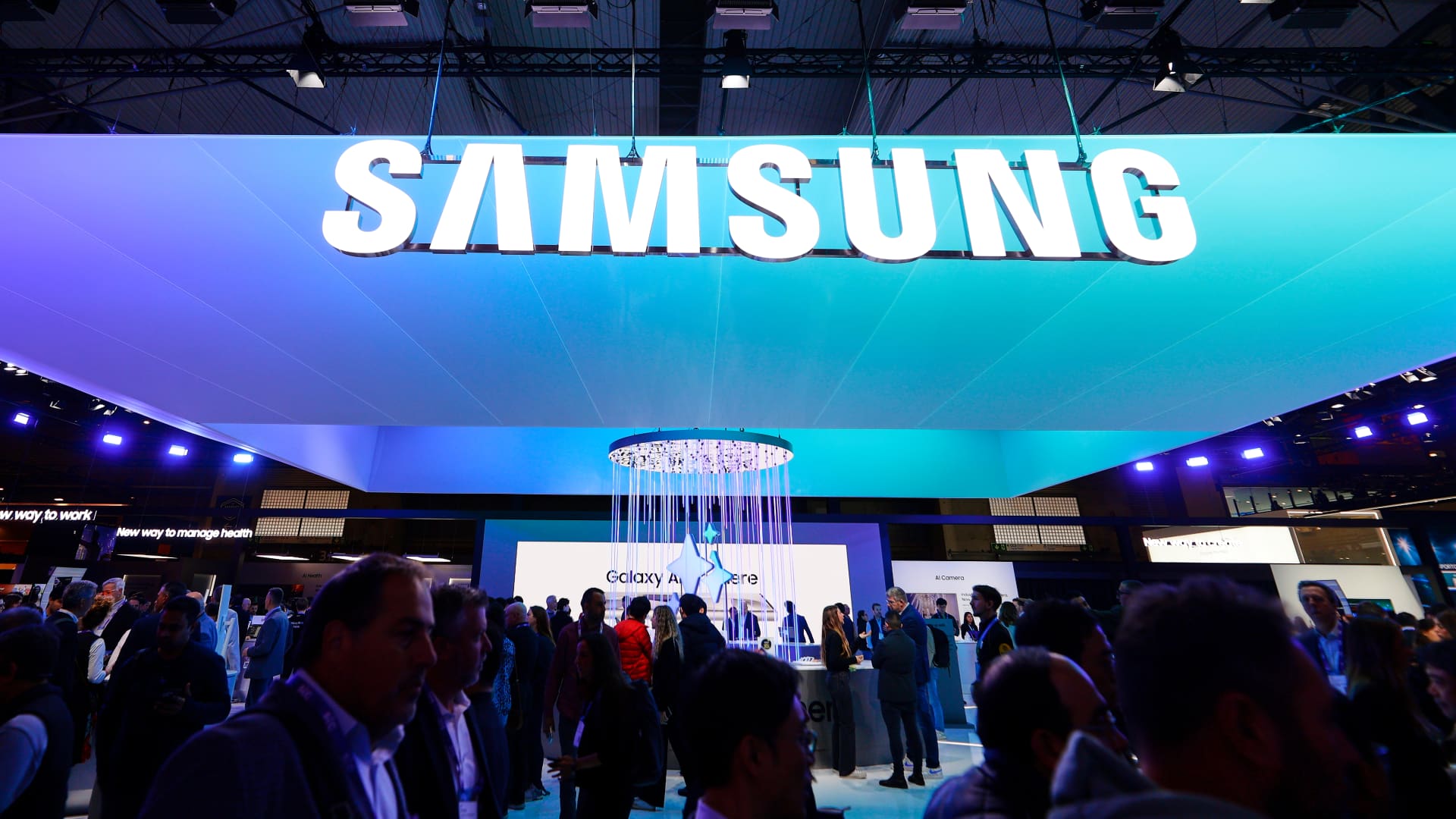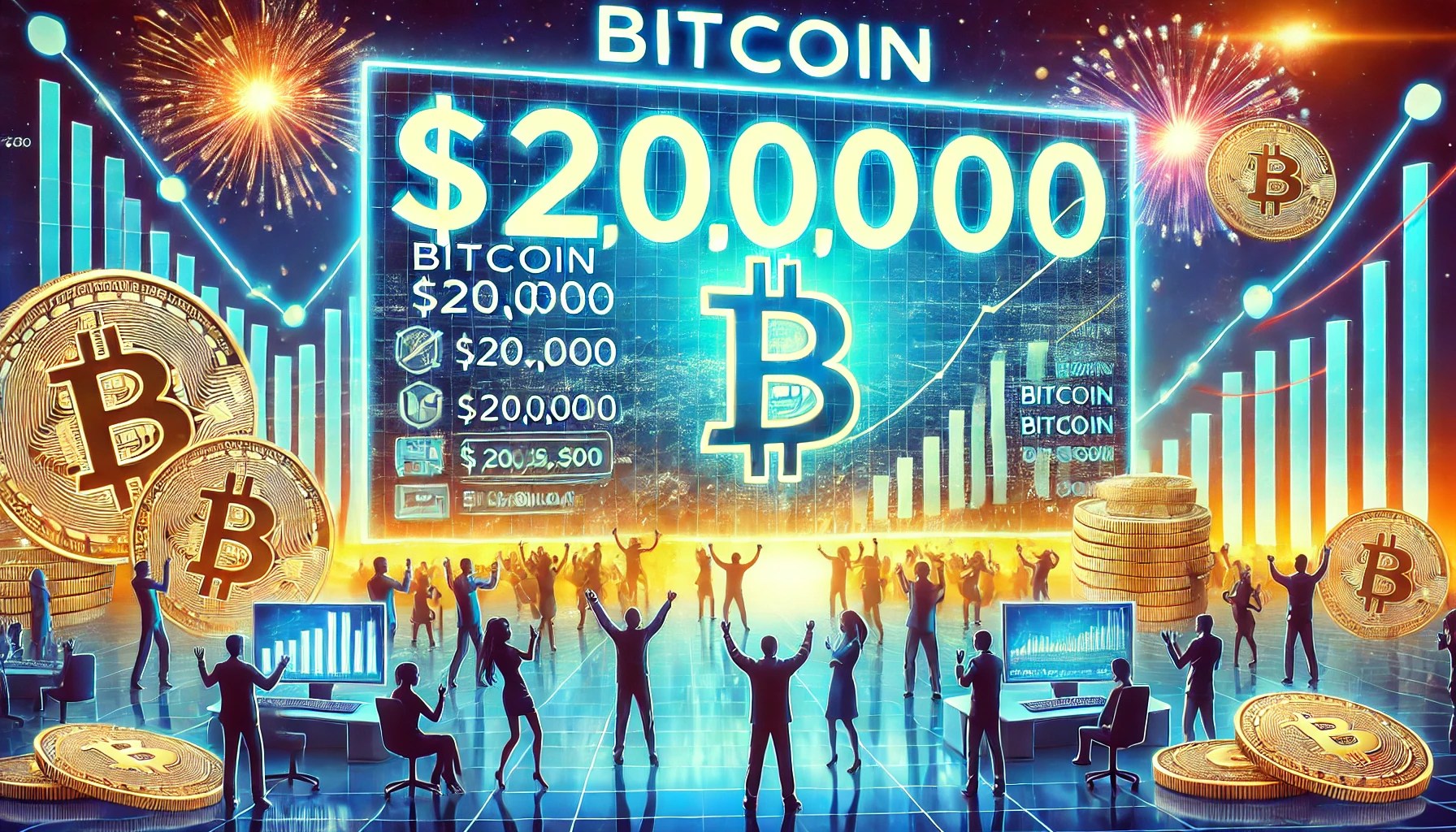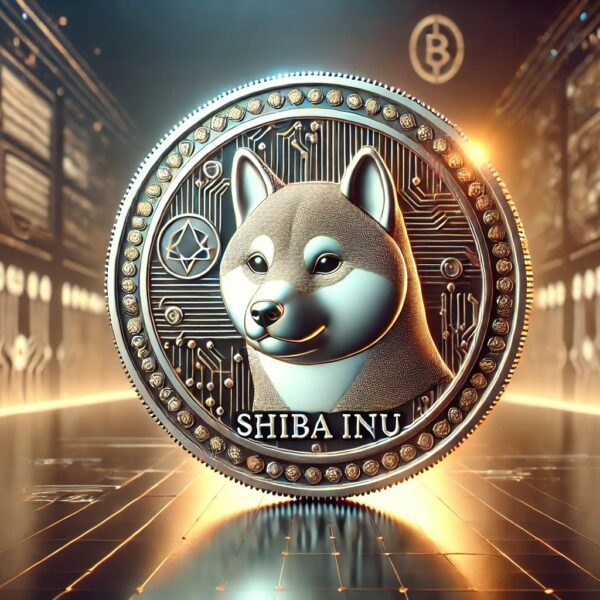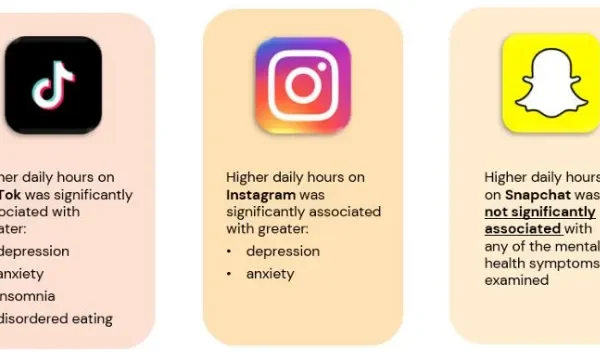The Samsung logo is on display at their pavilion during the Mobile World Congress in Barcelona, Spain, on February 28, 2024. (Photo by Joan Cros/NurPhoto via Getty Images)
Nurphoto | Nurphoto | Getty Images
Samsung Electronics on Wednesday reported higher-than-expected second-quarter revenue and operating profit, as demand for its advanced memory chips that are crucial for artificial intelligence training remained strong.
Here are Samsung’s second-quarter results versus analysts’ average estimates according to LSEG.
- Revenue: 74.07 trillion Korean won (about $53.45 billion) vs. 73.74 trillion Korean won
- Operating profit: 10.44 trillion Korean won vs 9.53 trillion Korean won
Samsung’s revenue for the quarter ended June jumped 23.42% from a year earlier, while operating profit soared 1,458.2%.
The South Korean giant said robust demand for high-bandwidth as well as conventional memory, such as dynamic random access memory, from customers expanding AI investments contributed to the strong performance.
For the second half, Samsung said it expects the demand from server AI to stay strong across server products including HBM and SSD. The firm added that expanding capacity to meet demand for HBM and server DRAM could further constrain supply of conventional memory chips.
SDD, or solid-state drive, refers to a semiconductor-based storage device found in computers.
HBM memory chips are crucial for AI chips – which have seen a huge demand enabled by the AI boom. This has largely benefitted firms such Samsung Electronics and SK Hynix, the top two memory chipmakers in the world.
“With memory’s average selling prices expected to continue their uptrend for next several quarters we foresee a quarterly sequential profit growth for Samsung Electronics until 2025,” CLSA said in a report earlier this month following Samsung’s second-quarter forecasts.
“After Nvidia and global chip makers announced an AI semiconductor roadmap recently, we foresee a memory price hike trend until 1H25. We attribute this to greater concerns about memory supply amid robust demand for HBM and high density enterprise SSD, which use more wafers, with increased production lead time,” SK Kim of Daiwa Capital Markets said in a report last month.
Business for the world’s largest memory chip maker rebounded as memory chip prices recovered on AI optimism last year. The South Korean electronics giant saw record losses in 2023 as the industry reeled from a post-Covid slump in demand for memory chips and electronics.


Samsung reportedly has cleared the tests for the use of its HBM3 chips in Nvidia processors for the Chinese market. SK Hynix has so far led the HBM memory chip market, having been the sole supplier of HBM3 chips to Nvidia.
SK Hynix on Thursday logged its highest quarterly profit since the second quarter of 2018, rebounding from a loss of 2.88 trillion won in the same period a year ago.
Counterpoint Research said Samsung should see “greater uptick to its operational performance” in the second half, mainly driven by memory chips and a “premiumisation” trend of smartphones.
In its latest push for AI-powered products, Samsung announced global availability for its newest Galaxy devices including Galaxy Z Fold6, Z Flip6, Watch Ultra and Ring.
“SK Hynix and Micron though will continue to challenge Samsung in memory both in the AI segment with HBM growth and in the AI smartphone and PC market as well with close tie-ups and optimizations with key compute players such as Qualcomm, Intel and Nvidia,” Neil Shah, research vice president at Counterpoint Research, said in emailed comments to CNBC.
This is breaking news. Please check back for updates.















